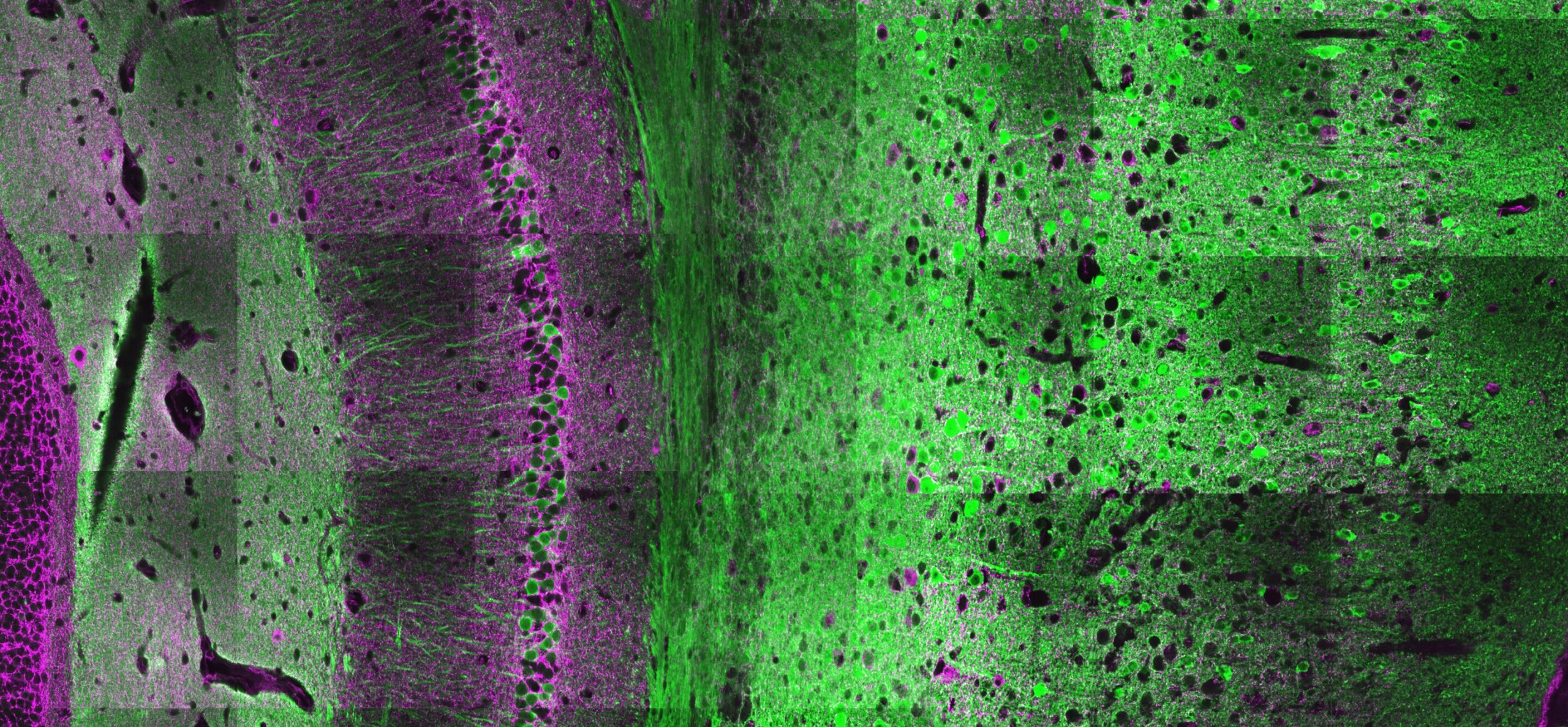
Women exposed to higher levels of nitrogen dioxide (NO2) or inhalable particulate matter (PM10) during the second trimester of pregnancy face an almost fourfold increased risk of postpartum depression, compared to women exposed to lower levels of those air pollutants. That higher risk persists for at least three years, according to a study just published in the journal Science of the Total Environment.
“What’s really novel about this work is that we were able to extend the examination of depression beyond the first year postpartum, and have shown the sustained effect of air pollution during pregnancy on symptoms of depression all the way through three years postpartum,” said Tracy Bastain, Ph.D., an associate professor of clinical population and public health sciences at the Keck School of Medicine of USC and senior author of the study.
NO2 comes from the burning of fossil fuels in vehicles and power plants, while PM10, which refers to particles less than 10 micrometers in diameter, can include everything from dust and pollen to pollutants from factories and wildfires. Exposure to these chemicals in high concentrations or over long time periods is known to increase a person’s risk for a range of health problems, including asthma, heart attack and stroke.
An emerging area of research, bolstered by the team at the Keck School of Medicine, is now examining the long-term effects of these and other chemical exposures on the health of mothers and children.
The longitudinal study followed 361 mothers from the start of pregnancy through three years postpartum. Researchers collected data on mothers’ depressive symptoms one, two and three years after they gave birth, then compared that data to weekly air pollution measurements near their homes during pregnancy, finding a robust link between pollution levels and later depressive symptoms.
Women with higher levels of exposure to NO2 during weeks 13 to 29 of pregnancy faced a 3.86 times higher risk of postpartum depression for up to 3 years. Women with higher levels of PM10 exposure during weeks 12 to 28 faced a 3.88 times higher risk. Overall, 17.8% of women had depressive symptoms after one year, 17.5% after two years and 13.4% after three years.
“Our study actually found a higher percentage of clinically significant depression compared to recent CDC data,” Bastain said. “That’s quite important—that there’s probably more postpartum depression out there than even our national prevalence data are showing.”
The findings point to the need for ongoing mental health screening beyond 12 months postpartum, the researchers said, and suggest that minimizing air pollution exposure during the second trimester may help reduce depression risk.
The risk of high exposure
The study included data from 361 mothers recruited by the Maternal and Developmental Risks from Environmental and Social stressors (MADRES) Center for Environmental Health Disparities at the Keck School of Medicine. MADRES follows predominantly Hispanic/Latino families in Los Angeles from pregnancy throughout childhood to measure the effects of various environmental exposures on long-term health.
Bastain and her colleagues used the Center for Epidemiologic Studies-Depression (CES-D) scale to measure clinically significant depressive symptoms at 12, 24 and 36 months postpartum. They also assessed air pollution exposure for each participant by matching their residential address (including any changes of address) to air quality data from outdoor air pollution monitors across Southern California. For each participant, they calculated weekly average exposure levels during pregnancy for four separate pollutants: NO2, PM10, PM2.5 and ozone (O3).
The researchers calculated the effect of air pollution exposure on postpartum depression risk, then interpreted the data by scaling the effect to an interquartile range of exposure to each pollutant. They compared a relatively low exposure level (the 25th percentile of the cohort) with a relatively high exposure level (the 75th percentile of the cohort) to quantify the difference in depression risk for each pollutant.
A higher level of NO2 exposure during weeks 13 through 29 of pregnancy increased risk for depression 1 to 3 years postpartum by a factor of 3.86. A higher level of exposure to PM10 increased postpartum depression risk by 3.88. Exposure to PM2.5 and O3 did not increase the risk for postpartum depression.
Lowering depression risk
The findings suggest that reducing air pollution exposure during the second trimester of pregnancy could lower the risk for postpartum depression. Exercising during pregnancy remains important, Bastain said, but women should try to avoid exercising outdoors during periods of high pollution, such as morning and evening rush hours or during wildfires. In the summer, it can also help to stay inside (ideally with air conditioning) and away from busy roads during the hottest hours of the day.
“Another important implication of our work is that depression can persist long beyond the first 12 months postpartum, and mothers should talk to their health care providers if they continue to have symptoms of depression,” Bastain said.
Next, Bastain and her colleagues at the MADRES Center will further study the effects of air pollution and chemical exposure on the health of mothers and children over time, including exploring the biological processes behind various health risks.
“We’re continuing to drive this research forward so we can help protect the health of mothers and children for the long term,” she said.
More information:
Yuhong Hu et al, Prenatal exposure to ambient air pollution and persistent postpartum depression, Science of The Total Environment (2024). DOI: 10.1016/j.scitotenv.2024.176089
Citation:
Exposure to air pollution during pregnancy increases postpartum depression risk for at least three years, study finds (2024, September 12)
retrieved 13 September 2024
from https://medicalxpress.com/news/2024-09-exposure-air-pollution-pregnancy-postpartum.html
This document is subject to copyright. Apart from any fair dealing for the purpose of private study or research, no
part may be reproduced without the written permission. The content is provided for information purposes only.


